In the highly competitive arena of professional tennis, athletes constantly seek an edge. For world No. 1 Iga Swiatek, this quest for excellence has led to a fascinating and, at times, “wacky” approach to her practice sessions. Far from random, these unique training methods are meticulously designed to enhance her physical prowess, mental fortitude, and on-court performance, allowing her to consistently outmaneuver and outlast her opponents.
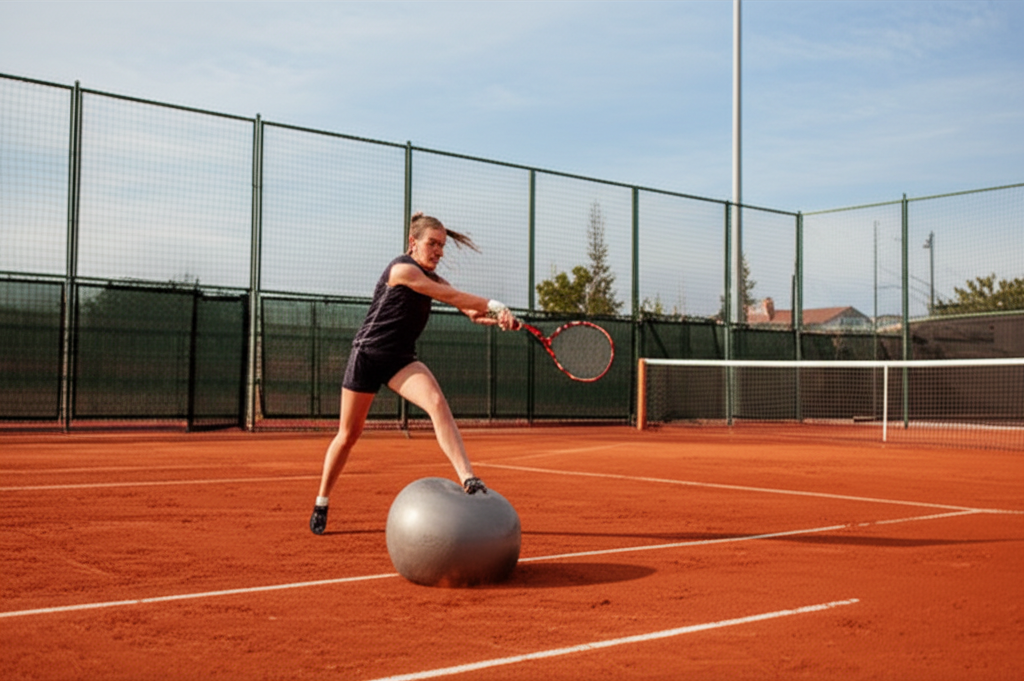
The Rationale Behind Unorthodox Training
Iga Swiatek’s training regimen is a testament to her commitment to pushing boundaries and finding innovative ways to improve. Guided by her fitness coach, Maciej Ryszczuk, her program integrates a variety of unconventional methodologies aimed at bolstering her endurance, agility, and overall resilience. Swiatek herself acknowledges that some of the drills might seem unusual, even quipping, “Honestly, I don’t get it either” when referring to one particular technique, but she trusts the expertise behind them. This willingness to embrace the unorthodox has transformed unique practices into integral elements of her training arsenal, proving that there’s often a method to what might appear to be madness in elite sports.

Mouth Taping: Breathing for Endurance
One of the most talked-about “wacky” moves observed in Swiatek’s practice sessions is her use of tape over her mouth.
What is the “Wacky” Move?
During practice, photos have shown Swiatek training with her mouth taped shut, a curious sight that initially perplexed fans and experts alike. This technique is a deliberate effort to force nasal breathing during intense physical activity.
The Science of Nasal Breathing in Sport
The rationale behind mouth taping is rooted in enhancing respiratory capacity and elevating heart rate. When breathing solely through the nose, the body has to work harder to take in oxygen, which can challenge the respiratory system and cause the heart rate to rise more easily. This method is believed to improve endurance by making the body more efficient at utilizing oxygen under stress. While Swiatek admits she isn’t an expert on the physiological specifics, her consistent use of the technique suggests it’s a valuable component of her endurance training, likely advised by her sports science team.
Swiatek’s Own Perspective
Swiatek has commented on the practice, stating, “It’s harder to breathe when you’re only breathing through your nose, and it’s easier for my heart rate to go up. I think it has something to do with endurance…” This reflects her understanding that these specialized drills contribute directly to her ability to maintain peak physical condition throughout long and demanding matches.
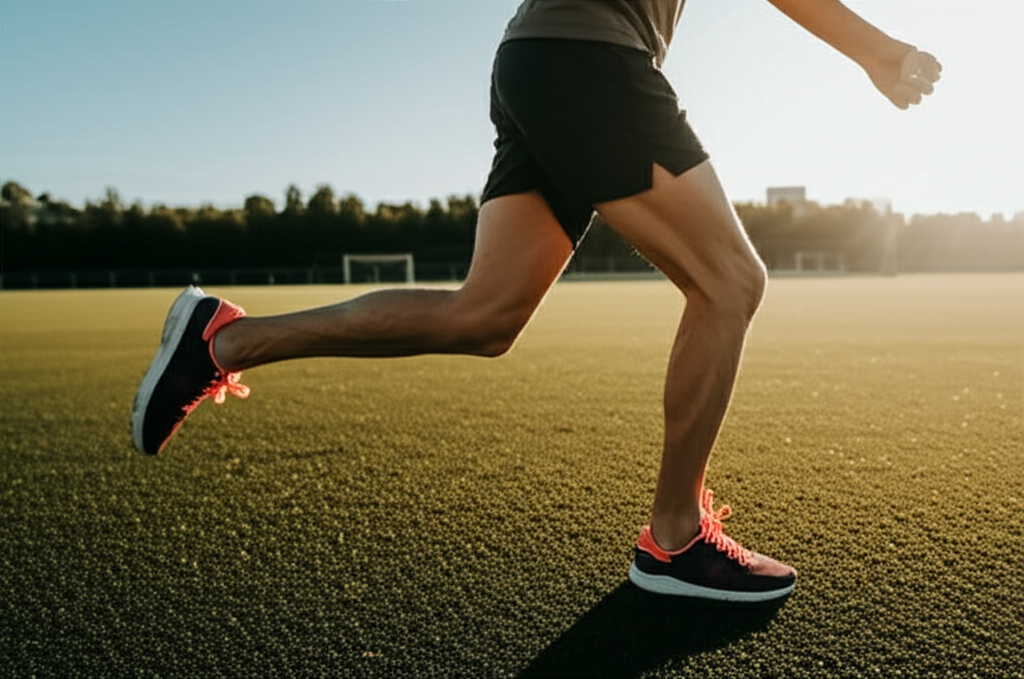
Dynamic Movement Drills: Agility and Precision
Beyond the mouth taping, Swiatek incorporates a range of dynamic and unconventional movement drills that hone her agility, balance, and reaction time.
Beyond Traditional Footwork
Her training isn’t just about repetitive ball-hitting or standard footwork. Videos show Swiatek engaging in quick spins, sudden bursts of speed, rhythmic jumps, and intricate body balance drills. These include twisting her upper body in a seemingly playful manner, followed by controlled lunges and explosive steps. Such movements, while appearing unconventional, are far from random; they are part of a calculated and intentional method to refine key elements of her playing style, movement, and mental preparation.
Enhancing Court Coverage and Reaction Time
Experts and coaches highlight that these types of movements are critical for improving balance, coordination, and reaction time—three components essential for facing fast, aggressive opponents. Integrating innovative drills into her regular training gives her a distinct edge. This kind of movement sharpens her mind-body connection, allowing her to react more quickly to unpredictable balls and loosen tension in her muscles, preparing her for the long rallies common in top-level matches. Her ability to integrate these innovative drills into her regular training is a key differentiator, giving her an edge over competitors by sharpening her mind-body connection and preparing her for prolonged, intense rallies.
The Role of Agility and Plyometrics
Swiatek’s training also extensively features agility and plyometric exercises. She is often seen weaving in and out of cones using small, quick steps, performing side-to-side shuffles with auditory cues from her coach, and executing plyometric jumps. These drills are designed to:
- Improve Footwork: Building rapid, multidirectional movement capabilities crucial for covering the court efficiently and reacting to diverse shots.
- Develop Explosive Power: Plyometrics train the body to generate maximal force in minimal time, enhancing her ability to accelerate quickly, execute powerful shots, and recover rapidly between points.
- Sharpen Reaction Time: Reaction drills, often involving responses to visual or auditory cues, enhance her reflexes and ability to anticipate and counter opponents’ tactics.
- Boost Core Stability: Many of these movements, especially those involving rotational strength, promote core stability, which is vital for generating power, maintaining balance during rapid directional changes, and ensuring precision in her strokes.
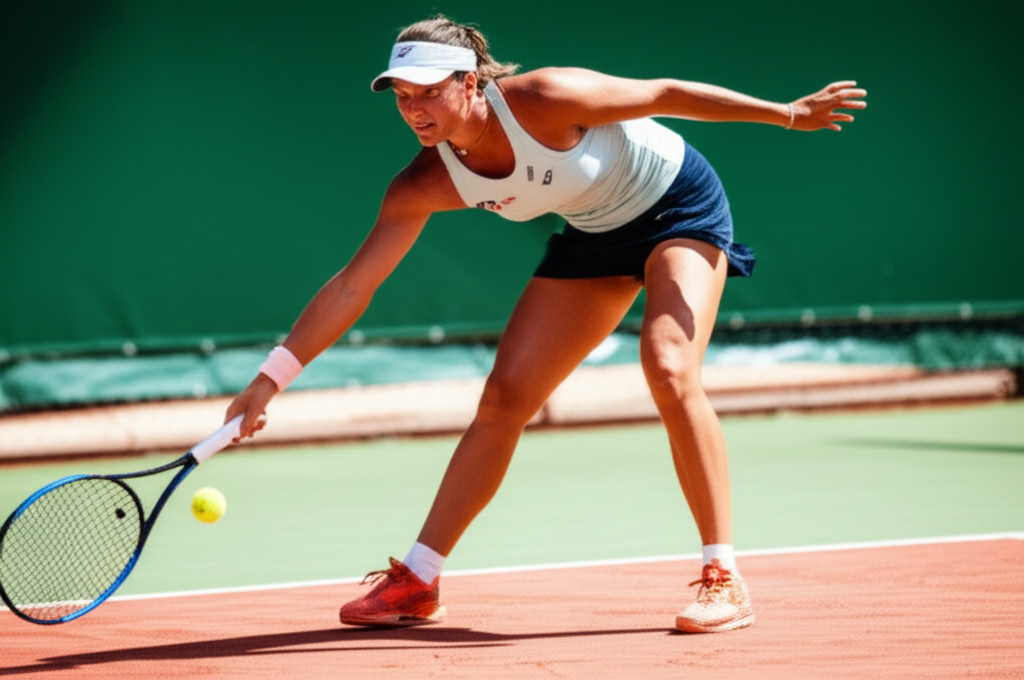
A Holistic Approach to Excellence
Iga Swiatek’s dedication to these “wacky” yet highly effective training methods underscores her holistic approach to becoming a dominant force in tennis. By nurturing both her physical and mental game through innovative exercises, she consistently enhances her endurance, speed, agility, and mental sharpness. This deeply thought-out system, which might look like madness to the untrained eye, is a fundamental part of the formula that keeps her at the top of the game, allowing her to achieve precision, control, and confidence that few players match.





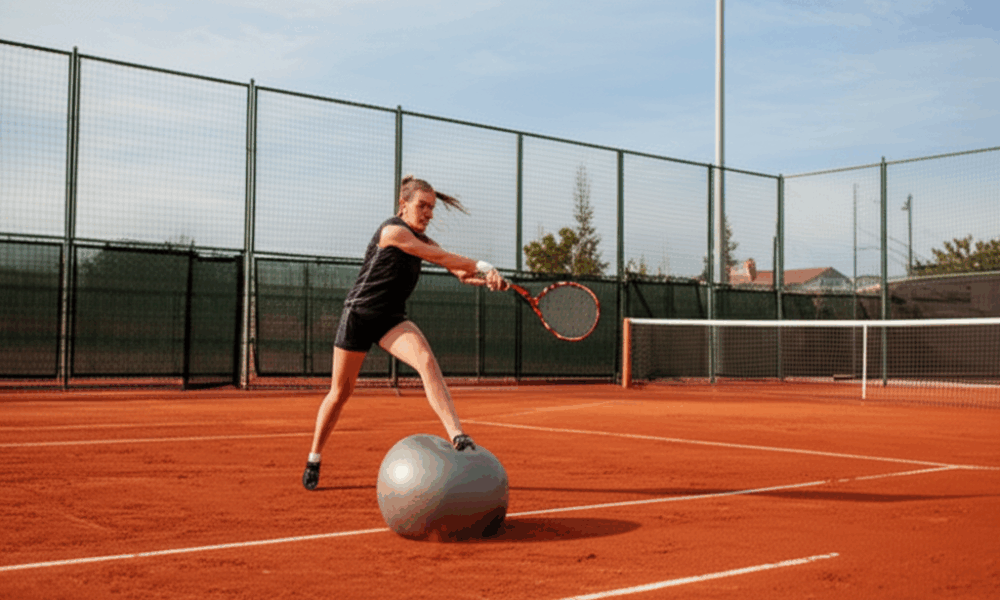

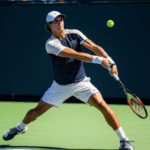
No Comment! Be the first one.